
Rising main monitoring programme leads to savings for Anglian Water
A successful new programme has led to a Water Industry Award nomination
Syrinix delivers brand new insight and alert reporting for rising main wastewater pipelines
A burst on a wastewater network and the impact of any subsequent pollution is a problem with a significant consequence for both customers and the environment.
These bursts can often go undetected for significant time periods and when finally found result in substantial pollution with heavy costs to clean up.
In response to this, Syrinix has developed PIPEMINDER specifically for wastewater rising mains and added to its monitoring portfolio, a robust data logger and sensor, plus a series of helpful analytical tools within RADAR (cloud data platform) which allow for an informed programme of performance management.
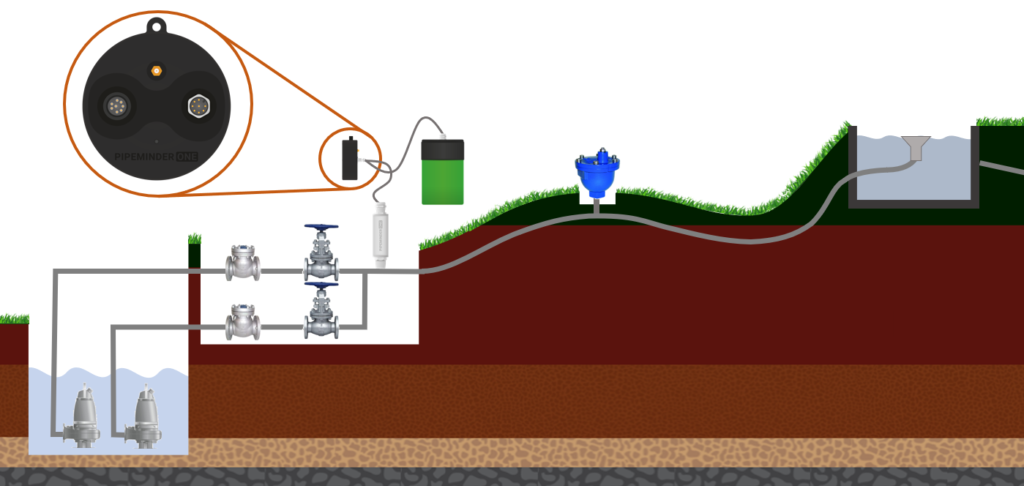
PIPEMINDER is deployed at a pumping station outlet, collecting data at 128 samples per second to provide one-minute summary data that is sent to RADAR for analysis and to provide an overall aggregated view of the rising main's operation and performance.
The data is sent to RADAR, where it is analysed against pre-set performance parameters to determine the current operating state.
This process enables the identification of asset issues such as blockages, sticking/passing non-return valves, worn pumps, and burst mains.
An automated alarm on the identification of a burst main is sent directly to the utility operational control centre so a response can be planned and prioritised.
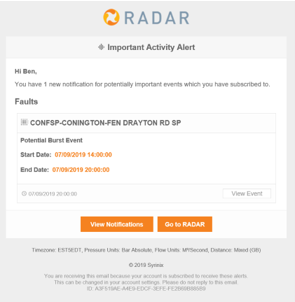
A range of other performance 'alerts' are also available to the utility, that identifies a range of inefficiencies within the system, including poor-performing pumps, or non-return valves passing which all result in increased energy costs.
These alerts can be fed to the maintenance team to act upon, in order to keep the system working optimally.
Successful trials of this method of operation have led to a roll-out within 'business as usual' operations within a UK utility that has made performance monitoring its primary focus.
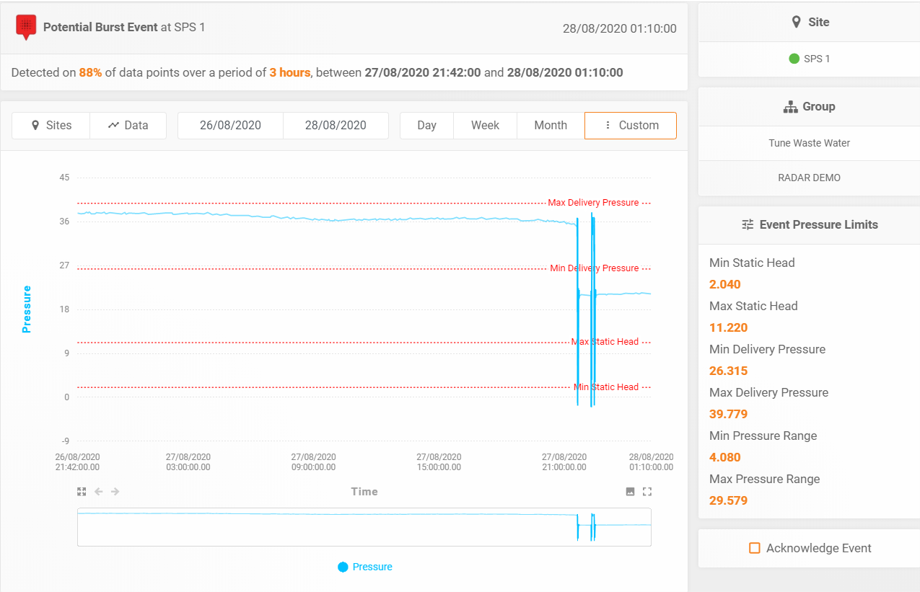
In May 2019 early detection of a burst rising main at Anglian Water in the east of England, meant a repair bill of £1,100 as opposed to the £24,000 repair bill received 6 months earlier, prior to the monitoring and the burst alarm implementation.
This allowed Anglian Water to minimize the impact on the environment, whilst lessening customer impact and negating any negative publicity.
Could your utility benefit from increased visibility on rising mains? Talk to us and arrange a conversation
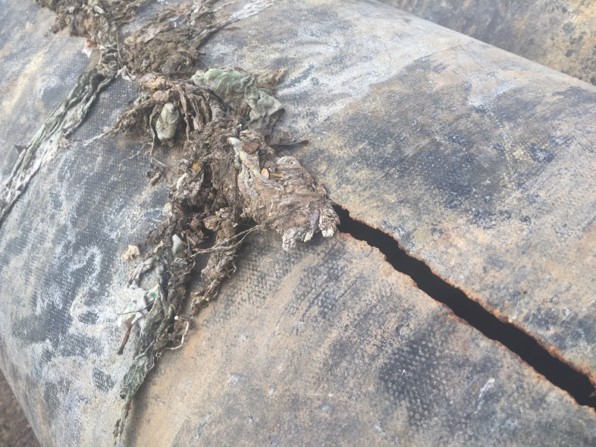

A successful new programme has led to a Water Industry Award nomination

Introducing PIPEMINDER-ONE – a new monitoring solution for supply and wastewater pipelines
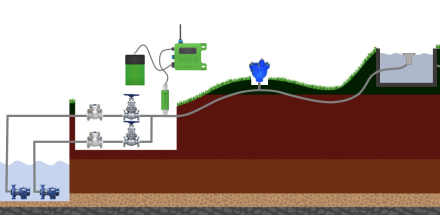
Learnings from pressure monitoring on rising main wastewater networks
Leave your details and we will be in touch.